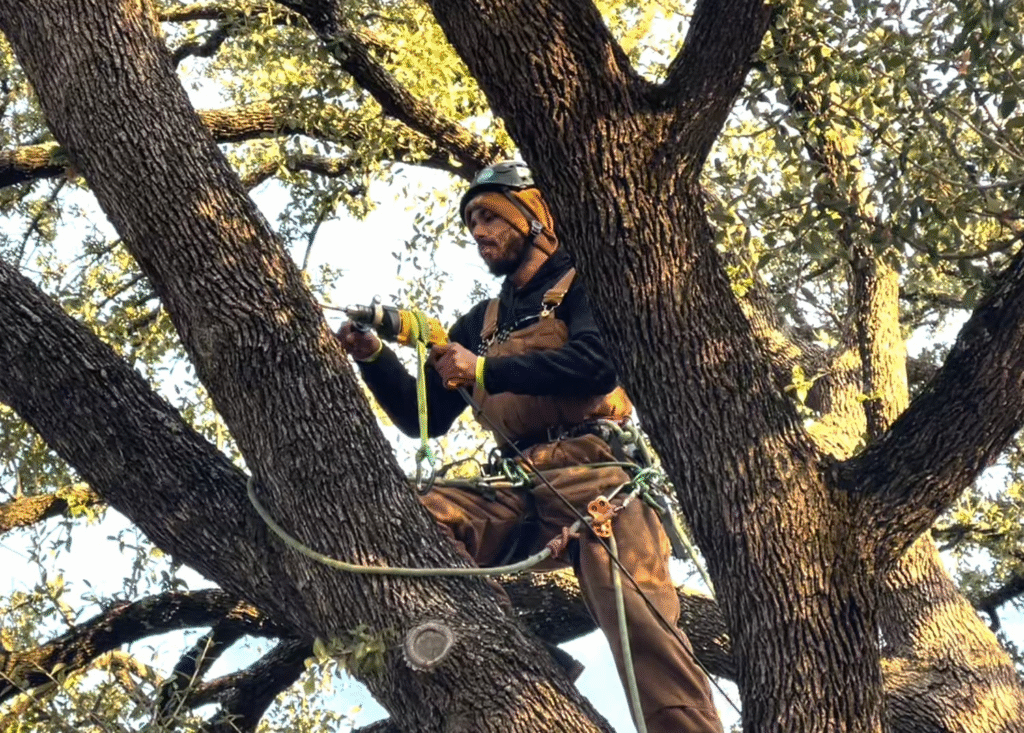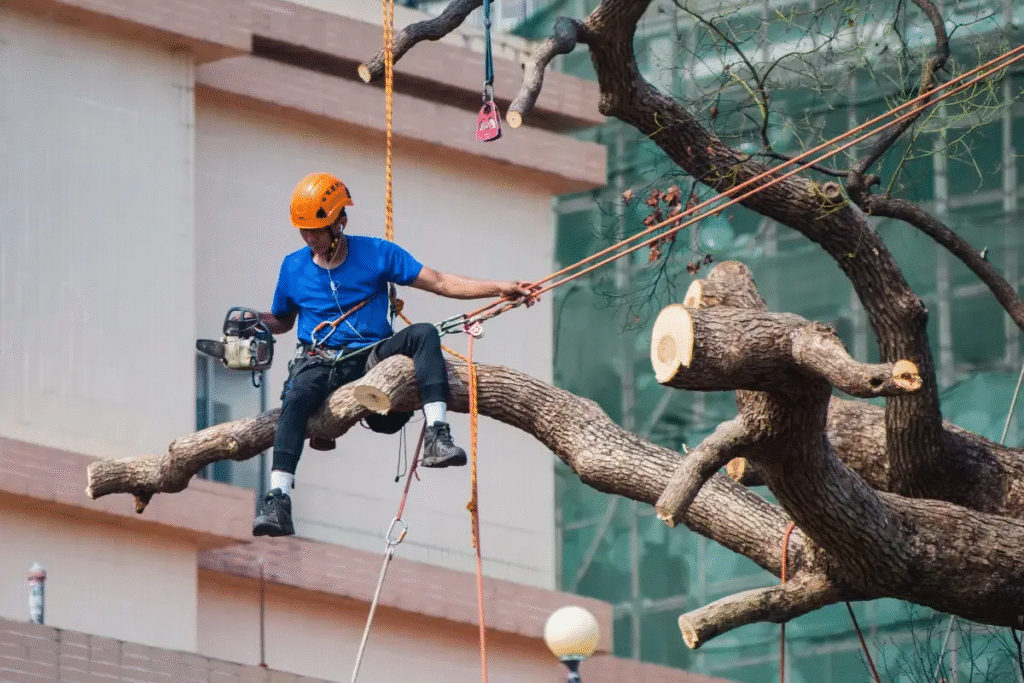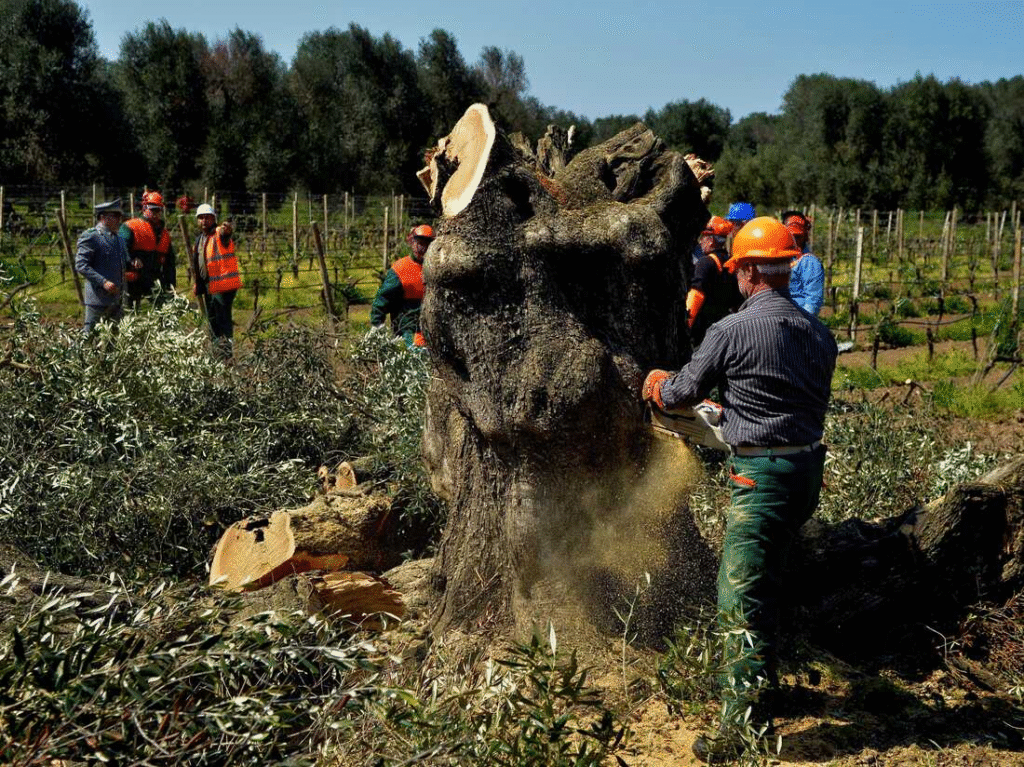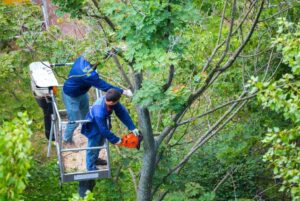Tree Removal in Italy: Laws, Permits, Applications & Costs
Are you considering removing a tree from your property in Italy? Whether you’re managing a countryside villa, renovating an urban garden, or dealing with a dangerous tree, understanding Italy’s complex regulatory framework is essential. This comprehensive guide walks you through everything you need to know about tree removal in Italy—from navigating regional laws to estimating costs and finding qualified professionals.
Understanding Italy’s Tree Protection Laws
Italy takes tree protection seriously, with regulations that reflect the country’s deep cultural connection to its landscapes. The Italian legal framework for tree removal operates on multiple levels—national, regional, and municipal—creating a complex system that varies significantly depending on your specific location.
At the national level, Italy’s Environmental Code (Decreto Legislativo 152/2006) establishes broad protections for natural resources, including trees. However, the practical application of tree removal regulations is primarily governed by regional laws and municipal regulations.
Each of Italy’s 20 regions maintains its own environmental legislation that specifically addresses tree protection and removal requirements. For example, Tuscany’s regional law (L.R. 39/2000) specifically protects woodland areas and regulates tree cutting, while Lazio has distinct regulations focusing on urban tree preservation (L.R. 39/2002).
Within these regional frameworks, individual municipalities (comuni) often implement even more specific regulations through their local building codes (regolamenti edilizi) and urban green management plans (piani del verde urbano).
Protected Trees and Special Considerations
Not all trees are regulated equally under Italian law. Several categories receive special protection:
Historical or monumental trees (alberi monumentali) are trees recognized for their biological, ecological, or cultural significance. These trees are protected under national law (Law 10/2013), and their removal is generally prohibited except in cases where they pose imminent safety risks. Italy maintains a national registry of monumental trees that you can consult to determine if a tree on your property has this protected status.
Trees in protected areas such as national parks, natural reserves, or UNESCO sites face additional restrictions. If your property falls within these zones, you’ll need special authorization from the relevant authorities, which often includes the local Forestry Corps (Corpo Forestale) or environmental protection agencies.
Urban trees in public spaces or along streets typically belong to the municipality and cannot be removed without specific authorization, even if they appear to be on your property line.

When Is a Permit Required?
Whether you need a permit for tree removal depends on several factors, including:
- Tree location (urban vs. rural setting)
- Tree species and size
- Number of trees to be removed
- Reason for removal
- Local municipal regulations
In most Italian municipalities, you’ll need permission to remove trees with a trunk diameter greater than 20cm (measured at 130cm from the ground). However, this threshold varies by location—some areas require permits for trees as small as 15cm in diameter, while others set the limit at 30cm.
Emergency situations involving imminent danger (such as trees damaged in storms that threaten to fall) may allow for expedited processes, but you’re typically still required to notify authorities before or immediately after emergency removal.
The Permit Application Process
Obtaining permission for tree removal in Italy requires navigating bureaucratic procedures that vary by municipality. Here’s a general overview of what you can expect:
Where to Apply
For most residential tree removals, your first point of contact should be your local municipal technical office (Ufficio Tecnico Comunale). In larger cities, this may be a specialized department for parks and gardens or environmental services.
For rural properties or agricultural land, you may need to contact the regional forestry service (Servizio Forestale Regionale) instead. Their offices can be found through the regional government websites.
If your property is in a protected area or contains historically significant trees, additional applications may be necessary with specialized authorities like the Superintendence for Cultural Heritage (Soprintendenza per i Beni Culturali).
Required Documentation
A typical tree removal application in Italy requires:
- A formal application form (available from your municipal office or website)
- Proof of property ownership or authorization from the owner
- Detailed description of the tree(s) to be removed (species, size, condition)
- Site plan showing the location of the tree(s)
- Recent photographs of the tree(s)
- Technical report from a qualified professional (agronomo or forestry expert) justifying removal
- Replacement planting plan (where required)
- Application fee payment receipt
The technical report is particularly important and should include an assessment of the tree’s health, stability risks, and reasons why alternatives to removal aren’t feasible. Many municipalities require this report to be prepared by a certified arborist or agronomist registered with the local professional order.
Timing and Response
The processing time for tree removal permits varies significantly across Italy. In efficient municipalities, you might receive a response within 30 days, while in others, the process can take up to 90 days or longer, especially if your application requires review by multiple departments or specialized commissions.
During this period, municipal technicians or forestry officials may conduct site visits to inspect the tree(s) in question. Be prepared to provide access to your property and additional information if requested.
Permit applications are sometimes denied, particularly if authorities determine that:
- The tree is healthy and poses no risk
- The tree has significant environmental or historical value
- Alternative solutions exist
- Your replacement planting plan is inadequate
If your application is denied, you typically have the right to appeal the decision through administrative procedures specific to your region.
Replacement Requirements and Mitigation Measures
Most Italian municipalities enforce tree replacement policies as a condition for granting removal permits. These requirements help maintain the urban canopy and ecological balance.
The standard replacement ratio varies by location but typically ranges from 1:1 (one new tree for each removed) to 3:1 for larger or more significant trees. Some municipalities use a points-based system that factors in the size and species of the removed tree to determine replacement requirements.
When physical replacement on your property isn’t possible due to space constraints, you may be required to:
- Pay a monetary compensation to the municipal “green fund” (typically €100-500 per tree, depending on size and location)
- Plant replacement trees in designated public areas
- Provide larger specimen trees at a lower ratio
The replacement trees must typically meet minimum size requirements (usually at least 16-18cm circumference at chest height) and may need to be selected from an approved species list provided by the municipality.
Costs Associated with Tree Removal in Italy
The financial aspects of tree removal in Italy include both administrative fees and service costs. Here’s what you should budget for:

Permit and Administrative Costs
| Fee Type | Typical Cost Range (€) | Notes |
|---|---|---|
| Basic Application Fee | €50-150 | Varies by municipality |
| Technical Inspection | €80-200 | May be required for complex cases |
| Monetary Compensation | €100-500 per tree | In lieu of replacement planting |
| Expedited Processing | €100-300 | Where available for urgent cases |
Some municipalities may waive fees for emergency removals or disease control, while others charge additional fees for trees in protected zones or historic districts.
Professional Service Costs
The cost of actual tree removal services varies widely based on:
- Tree size and location
- Accessibility challenges
- Disposal requirements
- Season and demand
For a medium-sized tree (30-50cm diameter) in an accessible location, expect to pay between €300-800 for complete removal. Large trees (over 50cm diameter) or those in difficult locations can cost €1,000-3,000 or more.
Additional services like stump grinding typically add €100-300 to the total cost, while specialized equipment needs (such as cranes for trees near structures) can significantly increase expenses.
The required technical report from a professional agronomist or arborist typically costs €150-400, depending on the complexity of the assessment and the professional’s credentials.
Cost-Saving Strategies
To manage costs effectively:
- Obtain multiple quotes from different service providers
- Consider timing your removal during the off-season (typically winter months)
- Coordinate with neighbors if multiple properties require tree work
- Ask about wood recycling options—some companies offer discounts if they can repurpose the wood
- Check if your municipality offers any subsidies for removing diseased trees that threaten public health
Legal Consequences of Unauthorized Removal
Removing trees without proper authorization in Italy can result in significant penalties, which have been strengthened in recent years as environmental protection has become a greater priority.
Administrative fines typically range from €500 to €5,000 per tree, with the amount depending on tree size, species, and protection status. For protected or monumental trees, these fines can exceed €10,000 per tree.
Beyond financial penalties, unauthorized removal may result in criminal charges under Italy’s environmental protection laws, particularly for significant or protected specimens or removals in environmentally sensitive areas.
You’ll also likely face mandatory replacement requirements at increased ratios (often 3:1 or higher) and may be required to plant larger, more established specimens.
Property development permissions or building permits can be suspended or revoked if unauthorized tree removal occurs during construction projects. In some cases, this can halt development entirely until remediation measures are implemented.

Finding Qualified Tree Service Professionals
Working with qualified professionals is essential for both permit approval and safe tree removal. In Italy, look for companies and professionals with:
- Registration with the local Chamber of Commerce (Camera di Commercio)
- Proper insurance coverage (assicurazione di responsabilità civile)
- Certified arborists (arboricoltori certificati) on staff
- Experience with local permit procedures
- Positive reviews or references
Professional agronomists (dottori agronomi) and forestry experts (dottori forestali) who can prepare the required technical reports must be registered with their professional order (Ordine dei Dottori Agronomi e dei Dottori Forestali).
For specialized work involving protected or monumental trees, look for professionals with documented experience in conservation arboriculture and relationships with cultural heritage authorities.
Conclusion
Navigating the tree removal process in Italy requires patience, thorough preparation, and respect for the country’s environmental regulations. While the bureaucratic requirements may seem daunting, they reflect Italy’s commitment to preserving its natural and cultural heritage.
By understanding your local regulations, preparing proper documentation, and working with qualified professionals, you can successfully manage tree removal needs while contributing to sustainable urban forestry practices. Remember that replacement planting is not just a regulatory requirement but an opportunity to enhance your property and contribute to Italy’s renowned landscapes for future generations.
For the most current and location-specific regulations, always consult your municipal technical office and the Italian Ministry of Environment’s official resources at https://www.mite.gov.it/ before proceeding with any tree removal plans.





